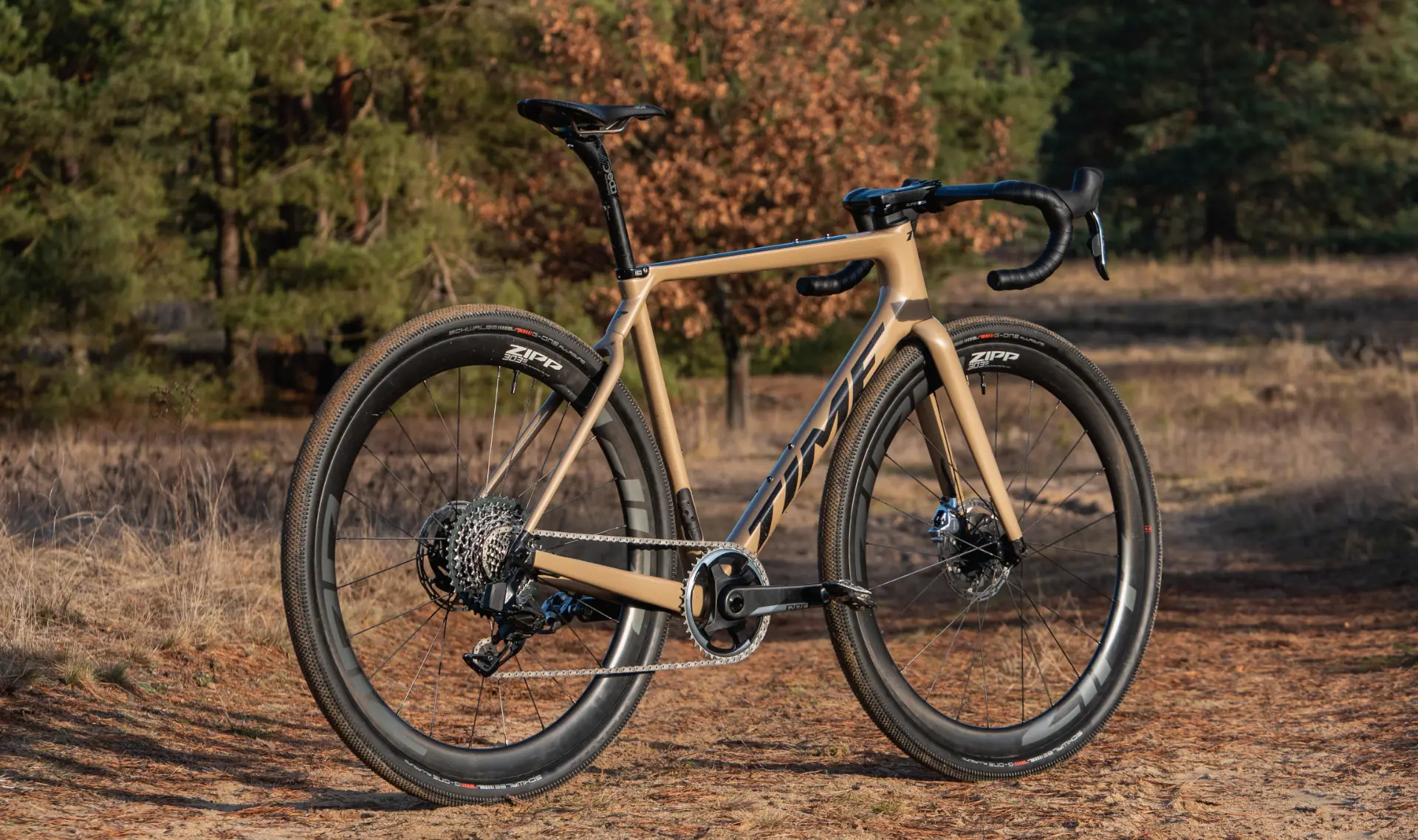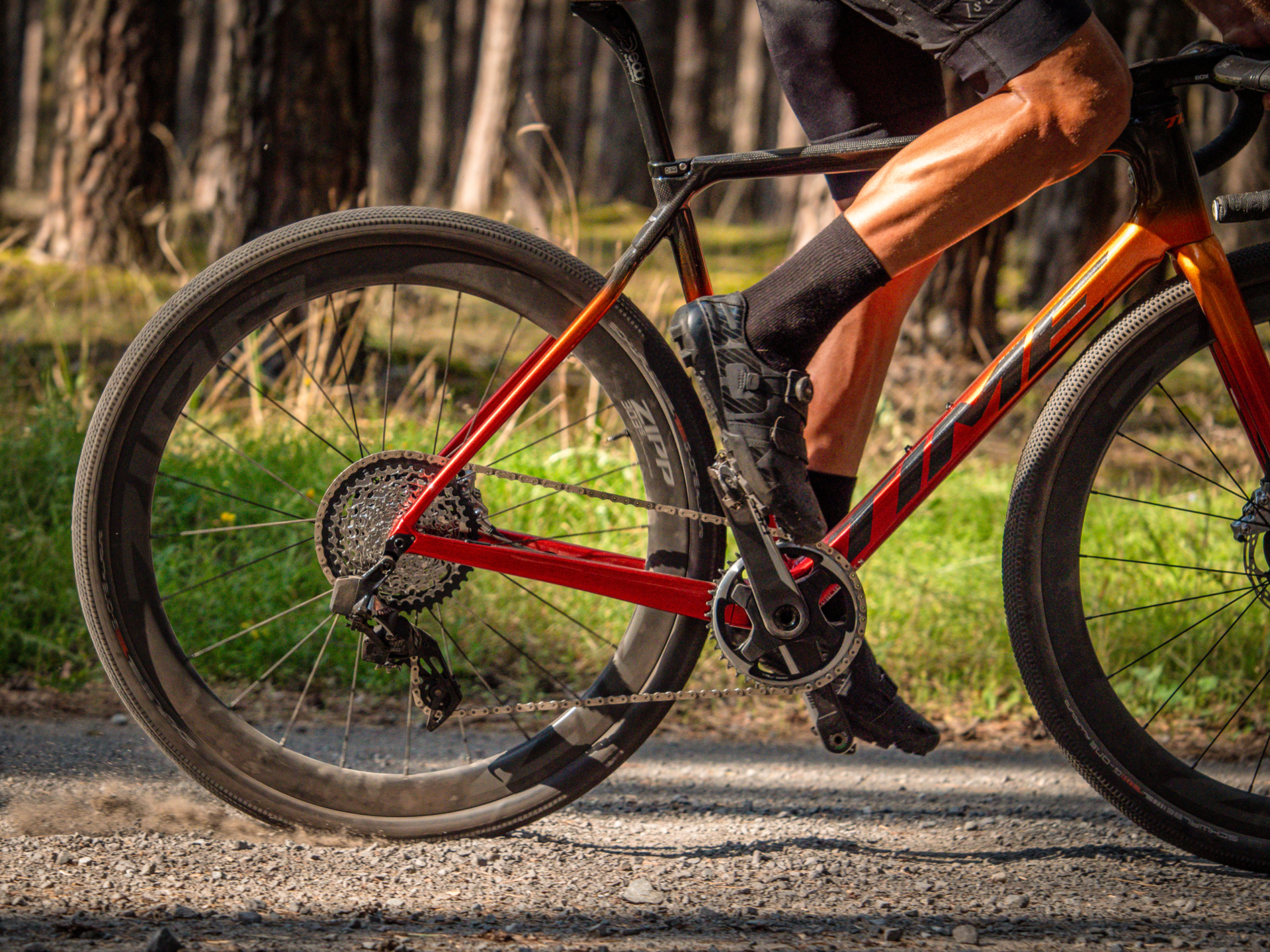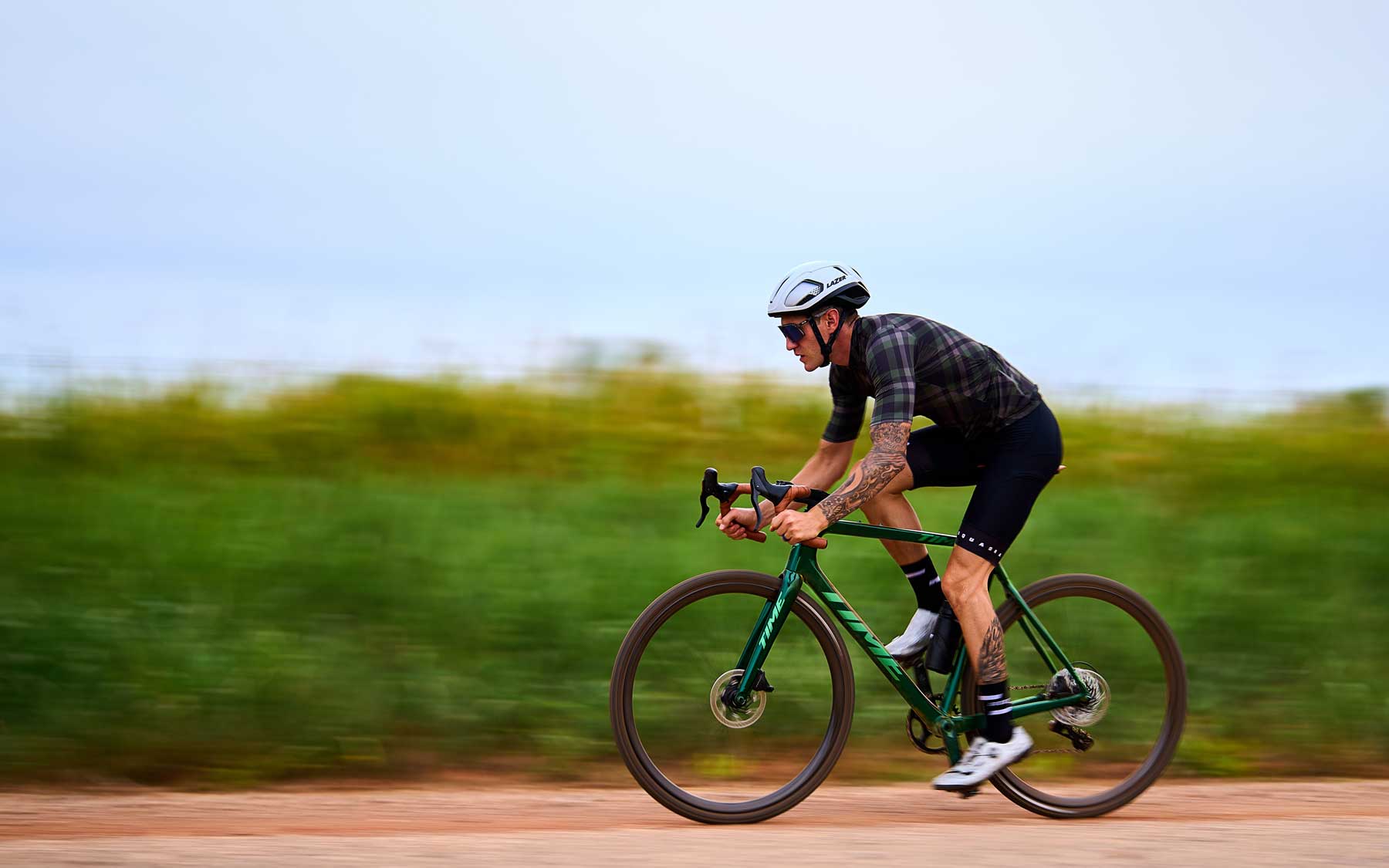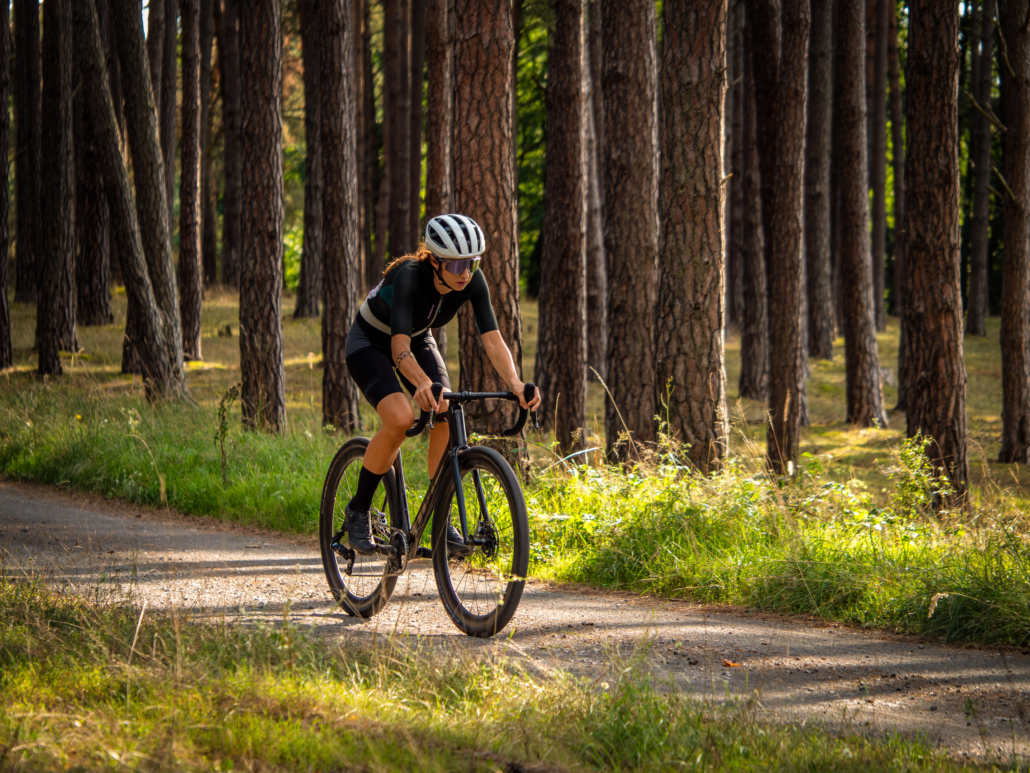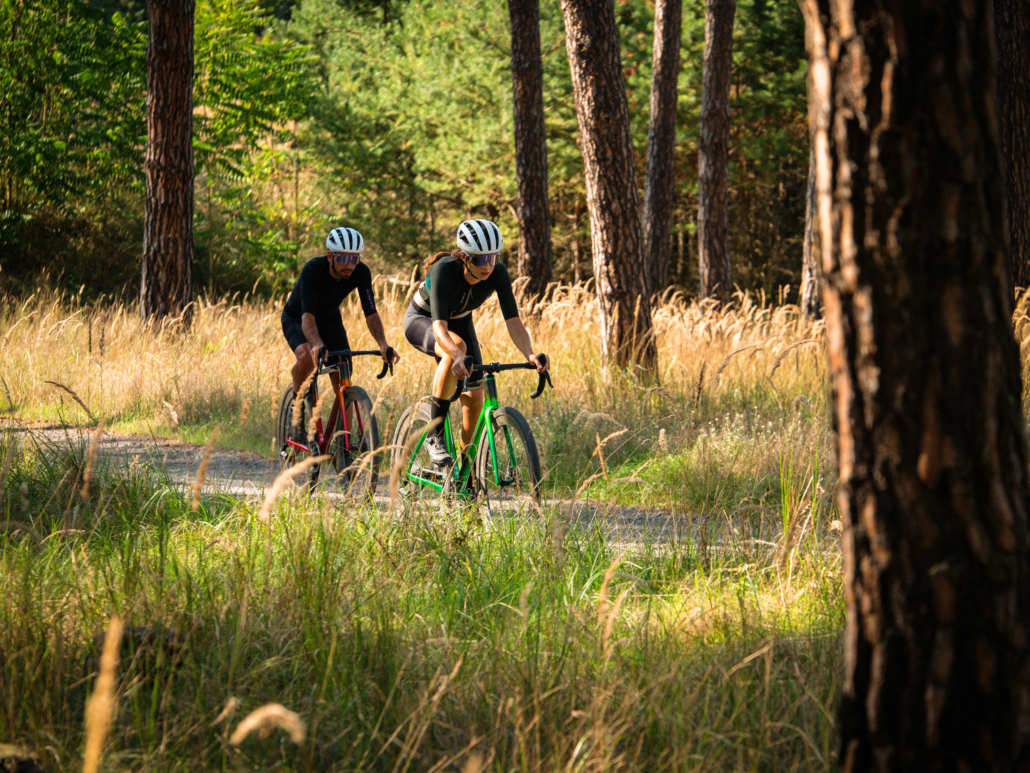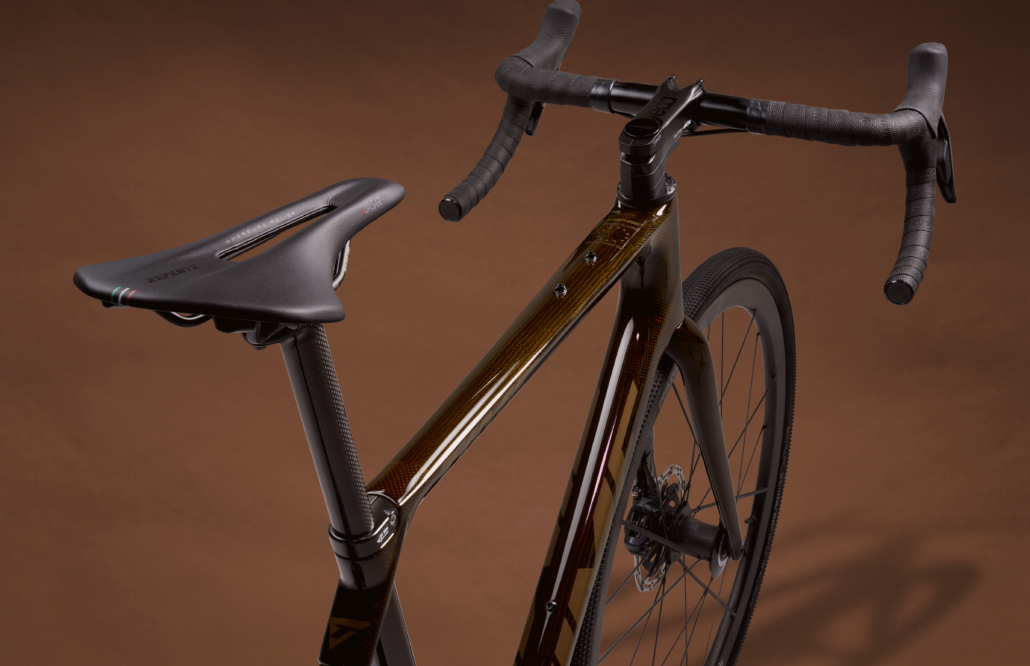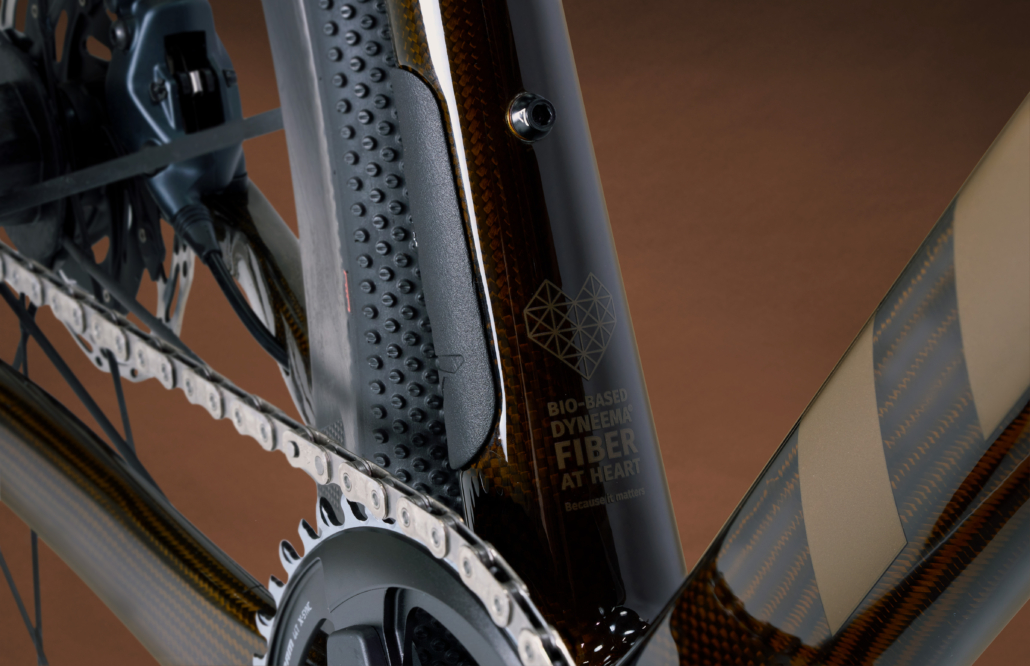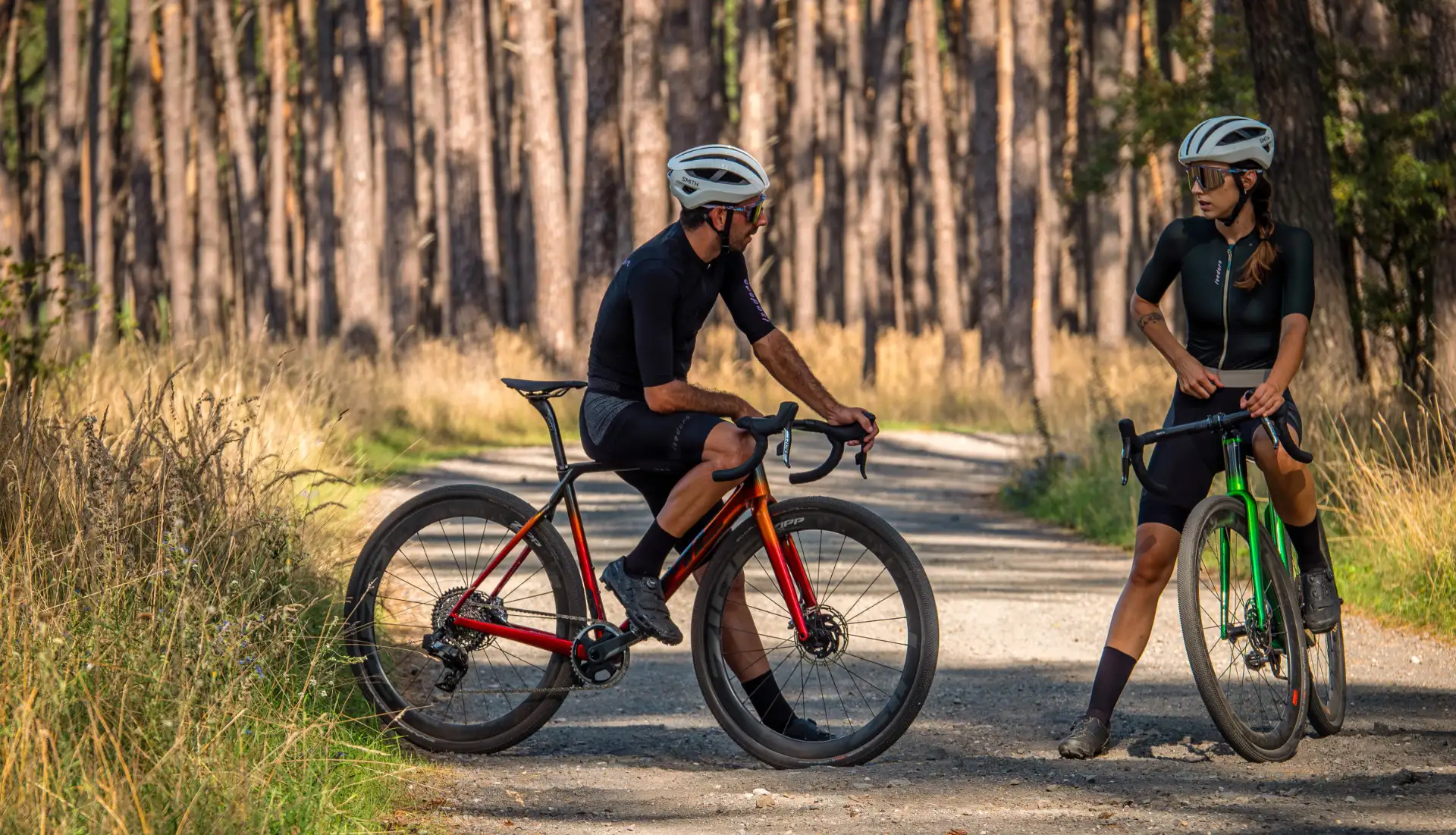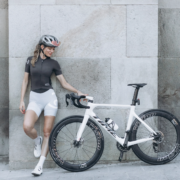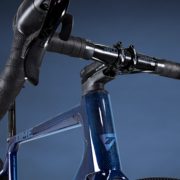Gravel Bike Buying Guide
Choosing a gravel bike for your next adventure!
Gravel bikes are a recent addition to the global cycling scene, but their impact has been meteoric, with the UCI already crowning world champions, and Strade Bianche becoming a modern cycling classic. Events such as ‘Unbound Gravel’ and ‘Barry Roubaix’ over in the USA, and ‘The Gralloch’ and ‘Dirty Reiver’ in the U.K. provide excellent opportunities for adventure and epic gravel bike racing.
For many people, gravel bikes enable you to unleash that spirit of adventure that’s been locked away since childhood. And, as the development of the best gravel bikes continues, the gravel biking scene grows bigger and bigger, with sub-cultures for racing, bikepacking, endurance gravel events such as the Silk Road race, allowing everyone to find their own adventure on 2-wheels! However, when you are looking to buy your first gravel bike, what do you look for? Indeed, what should a gravel bike look like, and how do you choose your own gravel bike and decide between the growing range of gravel bike options.
Critically, we need to know what actually a gravel bike is, and which are the best gravel bike brands. And yet,as innovation continues in this still developing area, the brands that are currently at the top are changing each year. It’s an area of cycling in flux, due simply to still being in its infancy.
Whilst this article isn’t definitive, we want to help you when you’re looking to buy a gravel a bike, by giving you an insight into what a gravel bike is, what defines a gravel bike, and what to look for when choosing the gravel bike that suits you and your own grave bike lifestyle. And so, here’s a brief gravel bike buying guide for you. If you’re ready, it’s time for adventure, and it’stime for us to guide you around how to choose a gravel bike. Yes, it’s time to help you to find out what constitutes the best gravel bike brands in the world currently – and, what is the best gravel bike for you.
Different types of gravel bikes
Before you jump in and buy that discounted bike online, press pause and ask yourself one simple question: what is my intention?
Firstly, consider the gravel style of riding that you’ll be doing. Will you be entering gravel races, or do you want to explore the trails and woodlands, and ride into the mountains and meadows as you set yourself free. In effect, do you need a race-orientated bike or an adventure orientated gravel bike? Once you know this, you then need to decide about the frame material. Carbon is lighter, but do you actually need a carbon frame – they’re usually more expensive and can be over-engineered for some people.
It may be that an alloy framed gravel bike is perfect for you, and that you don’t need to break the bank. Remember, it’s about you and your style of riding – nothing else. Get the basics right, and yes – you will be riding the best possible gravel bike.
Frame material is critical when you are looking at how to choose a gravel bike. Will an aluminium, steel or titanium gravel bike frame be better suited to your adventures and bike packing trips. There’s a big cost difference between aluminium, carbon and titanium, and each performs in a different way… and has a different level of comfort and longivity.
Then, there’s the wheel size to think about – 700c or 650B, the tyre clearance, drivetrain (1x vs. 2x) are just a few starting points. Will you want to add suspension to your gravel bike – yes, I know, it could easily become an original hardtail bike of time gone by! If you’re going to be gravel biking on long haul endurance trips, do you need mounting points on your gravel bike. Thankfully, U.K. based bike pannier system brand, Tailfin, lead the world on bike panniers and bags that fit out your bike – any bike – with a full bikepacking system, without the need for mounting points.
Finally, what’s your gravel bike budget for the bike and accessories – and, think about a bike fit, to ensure that you buy the right size of gravel bike for you! It can be an expensive mistake, if you buy solely with your eyes and find out that your beautiful new gravel bike doesn’t fit you and doesn’t suit your own unique riding needs.
Breaking down gravel bike design
Thankfully for you, leading brands such as TIME sell custom-built gravel bikes and framesets, as well as complete gravel bikes. This allows you to discuss your needs with them or a retailer and have your gravel created to meet your needs. First of all, let’s get this gravel bike buying guide on the road and go through the various elements that make a gravel bike and which will help you in choosing your own.

